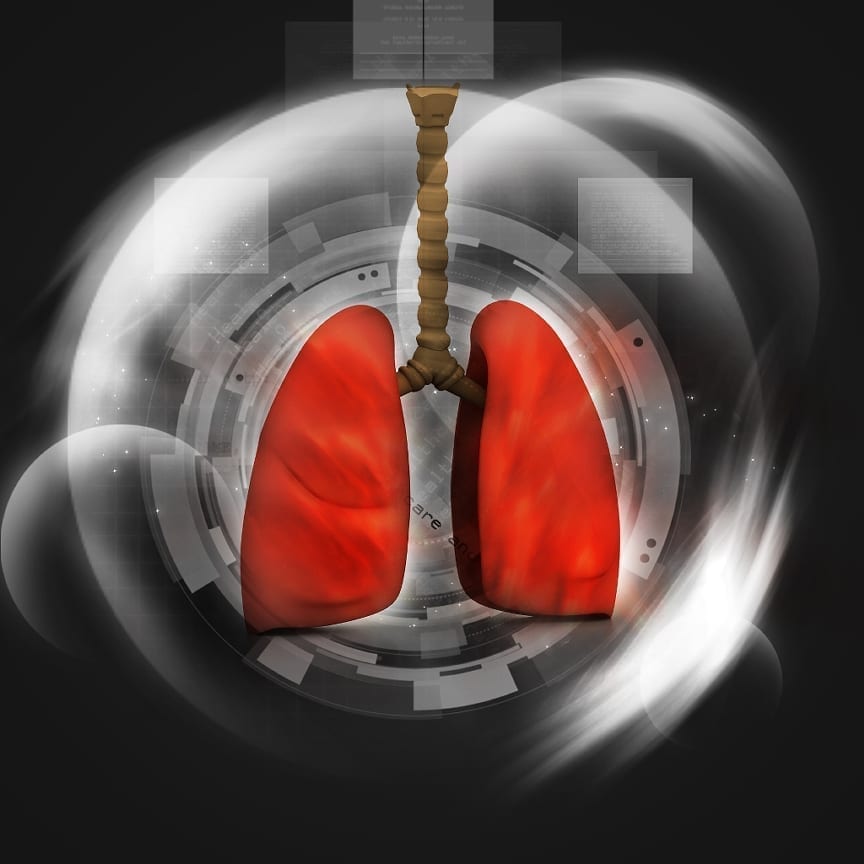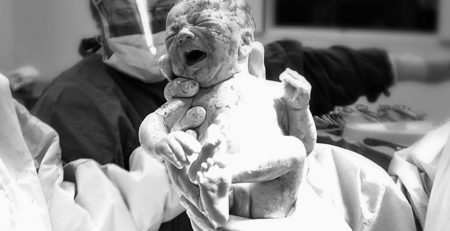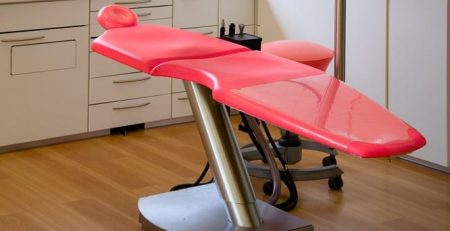Will 3-D Bio-Printing Revolutionized Medicine?
Welcome to the age of bioprinting, where the machines we’ve built are building bits and pieces of us. A device the size of an espresso machine quietly whirs to life. The contraption isn’t filled with fresh, pungent grounds but, instead, spoonfuls of opaque, sterile goo. Its robotic arm moves briskly: It hovers, lowers, and then repositions a pair of syringes over six petri dishes. In short, rapid-fire bursts, they extrude the milky paste. Soon, three little hexagons form in each dish. After a few minutes, the hexagons grow to honeycomb structures the size of fingernails. No one here is getting a latte anytime soon. The honeycombs are human livers, says Sharon Presnell, chief technology officer of Organovo—or at least the foundations of them. The tiny masterpieces of biomedical engineering are nearly identical to tissue samples from real human livers, and they are constructed from actual human cells. But instead of growing them, scientists in the gleaming, 15,000-square-foot headquarters of Organovo print them, just as they would a document. Or, more accurately, just as they’d print a scale model. In two decades, 3-D printing has grown from a niche manufacturing process to a $2.7-billion industry, responsible for the fabrication of all sorts of things: toys, wristwatches, airplane parts, food. Now scientists are working to apply similar 3-D–printing technology to the field of medicine, accelerating an equally dramatic change. But it’s much different, and much easier, to print with plastic, metal, or chocolate than to print with living cells. “It’s been a tough slog in some ways, but we’re at a tipping point,” says Dean Kamen, founder of [b][url=http://www.dekaresearch.com/index.shtml]DEKA Research & Development[/url][/b], who holds more than 440 patents, many of them for medical devices. In labs around the world, bioengineers have begun to print prototype body parts: heart valves, ears, artificial bone, joints, menisci, vascular tubes, and skin grafts. “If you have a compass and a straight edge, everything you draw is a box or a circle,” Kamen says. “When you get better tools, you start thinking in different ways. We now have the ability to play at a level we couldn’t play at before.” From 2008 to 2011, the number of scientific papers referencing bioprinting nearly tripled. Investment in the field has spiked as well. Since 2007, the National Heart, Lung, and Blood Institute of the National Institutes of Health has awarded $600,000 in grants to bioprinting projects. Last year, Organovo, raised $24.7 million in equity. Three factors are driving the trend: more sophisticated printers, advances in regenerative medicine, and refined [b][url=http://www.amazon.com/s?ie=UTF8&page=1&rh=n%3A229617]CAD software[/url][/b]. To print the liver tissue at [b][url=http://www.organovo.com/]Organovo[/url][/b], Vivian Gorgen, a 25-year-old systems engineer, simply had to click “run program” with a mouse. Honeycomb-shaped liver tissue is a long way from a fully functioning organ, but it is a tangible step in that direction. “Getting to a whole organ-in-a-box that’s plug-and-play and ready to go, I believe that could happen in my lifetime,” says Presnell. “I cannot wait to see what people like Vivian do. The potential is just out of this world.” [b]By:[/b]














